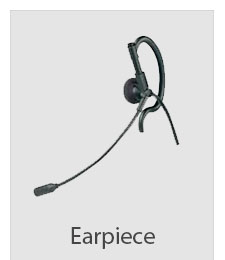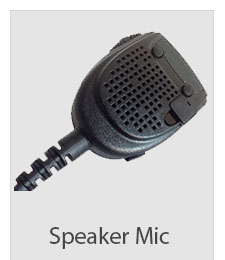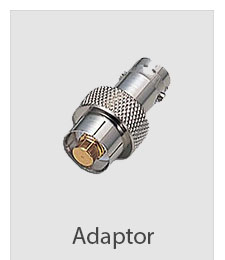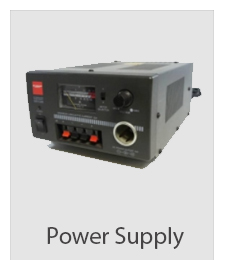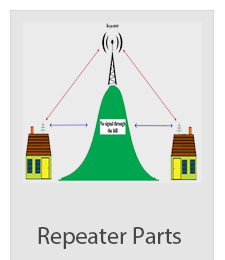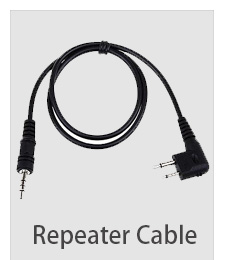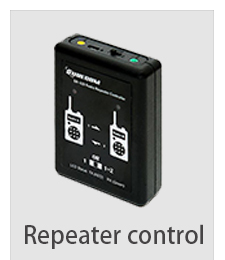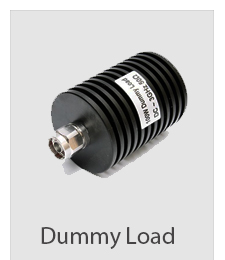The Different Types Of Mics And Their Uses (II)
Microphones pick up sounds through their diaphragm, a thin material that vibrates when it comes into contact with sound. This vibration converts sonic energy into electrical energy. While there is no actual standard unit of measurement, there are currently three main classifications for mic diaphragms, all of which are referring to the diaphragm's mass. The size of the diaphragm affects the microphone's sound pressure level handling, sensitivity, dynamic range and internal noise level.
Mics with small diaphragms are commonly called pencil mics because of their thin cylindrical shapes. Their compact design makes them lighter and easier to position, and interestingly, they are designed to be stiffer, to handle higher sound pressure levels and have wider dynamic range. You can use them on acoustic guitars, hi-hats, cymbals, and other instruments. Known limitations of this particular diaphragm type are increased internal noise, and low sensitivity.
The bigger the diaphragm, the more it can sense air vibrations, and the more vibrations are captured, more of the sonic details are faithfully reproduced. Unlike small diaphragms that are stiff, large diaphragms move easily, allowing them to detect even faint differences in sound pressure levels which result in a more transparent and natural sound. This affinity to fidelity has made large diaphragm mics a staple in recording studios, and they are now the most common configuration used on modern USB mics. You can use them to record just about anything, from vocals to guitars and other instruments, just make sure that you keep the volume in check because they can distort when the sound pressure level is increased.
Medium Diaphragm mics are sometimes called hybrid because they combine the characteristics of small and large diaphragms. They tend to have a slightly fuller and warm sound similar to large diaphragms while retaining some of the high frequency content that small diaphragms could. These are modern microphones that are gaining reputation in both live and recording situations, but essentially, you can skip on these mics if you're setting up a small home studio or a small venue, especially if you already have large and small diaphragm mics
|






